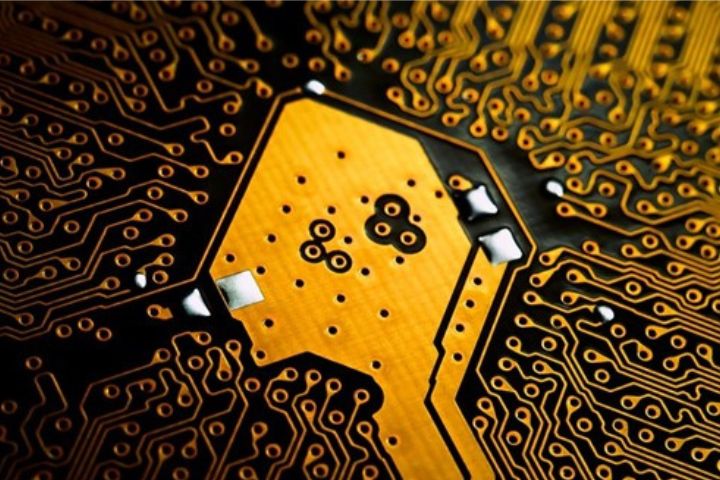 (Pexels.com)
(Pexels.com)
Improving carbon-free electricity generation is increasingly vital in the ongoing fight against climate change. In solar energy devices called photovoltaics, sunlight is converted into electricity. The efficiency of this process is determined by the interactions of light, heat, sound, and electrons inside semiconductors – the same materials that are at the heart of computers, lasers, and LED lighting. Eric Landahl, a professor of physics in the College of Science and Health, collaborated with a team of scientists from South Korea and Argonne National Laboratory on a new study that demonstrated an innovative way to measure this process microscopically for the first time (Jo, W., Kee, J., Kim, K.
et al., Structural measurement of electron-phonon coupling and electronic thermal transport across a metal-semiconductor interface,
Sci Rep 12, 16606, 2022).
 Landahl collaborated with fellow scientists, graduate students, and the Argonne National Laboratory on the study.
Landahl collaborated with fellow scientists, graduate students, and the Argonne National Laboratory on the study.
Using Argonne’s Advanced Photon Source, brief pulses of x-rays were sent into metal-coated semiconductor samples to observe the phenomenon. “Stitching together snapshots of the atoms at different times...resulted in a molecular movie that shows light-generated electrons pushing around atoms, raising their temperature. This is the same phenomenon observed in a toaster where electrical currents produce heat in a wire. However, at the microscopic level studied here, the generation of heat by electrons has been poorly understood and is an impediment to the improvement of computer processors, photovoltaics (solar cells), Light Emitting Diodes, and other devices. Unlike the uniform glow of a toaster filament, these measurements confirmed predictions that heat can also behave like a particle (called a "phonon") for short distances, rapidly transporting thermal energy in a straight line at high speed” explains Landahl.
The research verifies the coupling between phonons and electrons while presenting new ways to measure this dynamic. A mathematical factor called the electron-phonon coupling coefficient was used to calculate the ratio of energy partitioning. “This is a new method for the determination of this coupling coefficient, and the first one derived from microscopic measurements. It may be the proper value to use in modeling microscopic semiconductor electronic devices. Our measurement technique can also be applied to many other materials of technological importance” says Landahl.
The project was also an achievement for DePaul graduate Grace Longbons, now a PhD student in Physics at the University of Notre Dame. Along with Landahl and Won Hyuk Jo, a graduate student from Soongsil University (South Korea), the team spent 96 continuous hours collecting data for the project at Argonne’s Advance Photon Source in suburban Chicago.
You may read the full study which was published in
Scientific Reports.